Wenwei Xu
Analyzing Koopman approaches to physics-informed machine learning for long-term sea-surface temperature forecasting
Sep 15, 2020

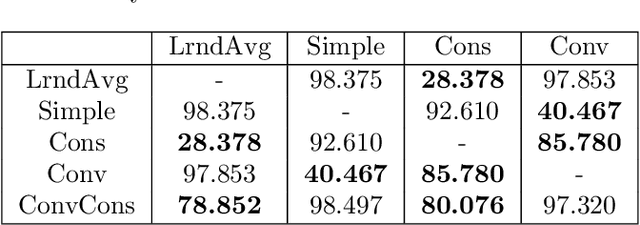

Abstract:Accurately predicting sea-surface temperature weeks to months into the future is an important step toward long term weather forecasting. Standard atmosphere-ocean coupled numerical models provide accurate sea-surface forecasts on the scale of a few days to a few weeks, but many important weather systems require greater foresight. In this paper we propose machine-learning approaches sea-surface temperature forecasting that are accurate on the scale of dozens of weeks. Our approach is based in Koopman operator theory, a useful tool for dynamical systems modelling. With this approach, we predict sea surface temperature in the Gulf of Mexico up to 180 days into the future based on a present image of thermal conditions and three years of historical training data. We evaluate the combination of a basic Koopman method with a convolutional autoencoder, and a newly proposed "consistent Koopman" method, in various permutations. We show that the Koopman approach consistently outperforms baselines, and we discuss the utility of our additional assumptions and methods in this sea-surface temperature domain.
Underwater Fish Detection using Deep Learning for Water Power Applications
Nov 05, 2018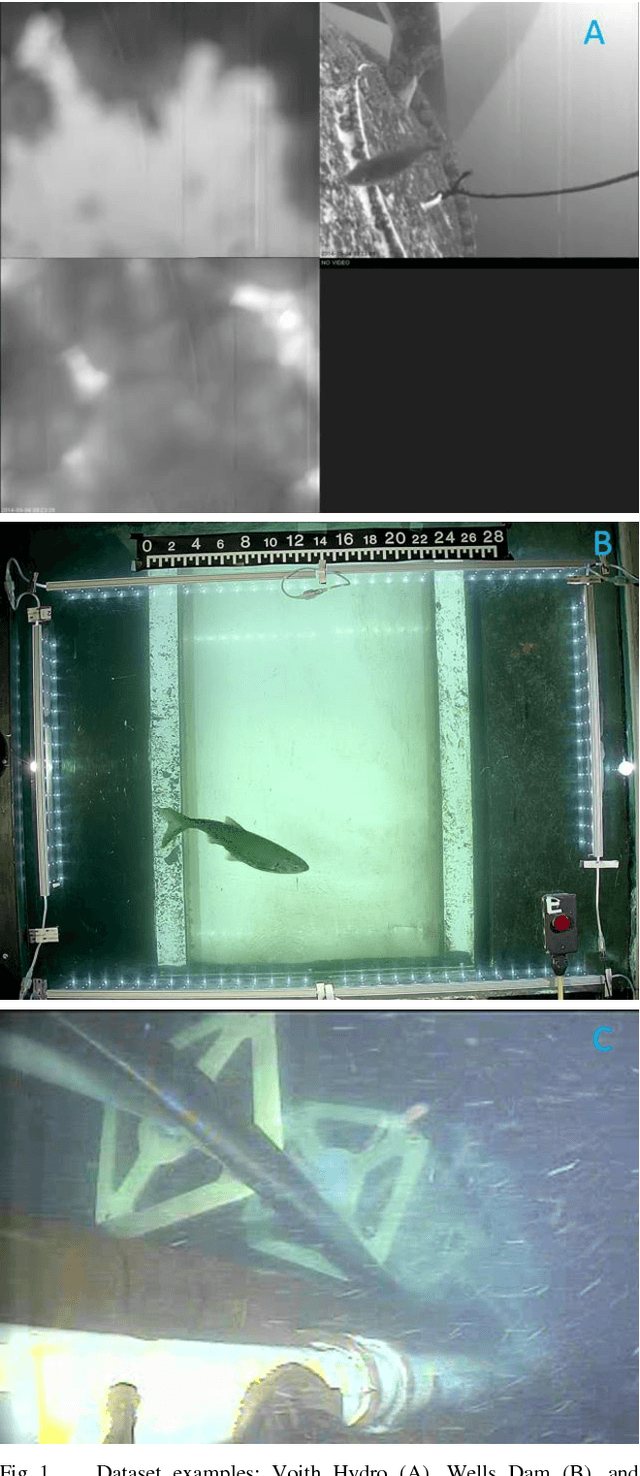
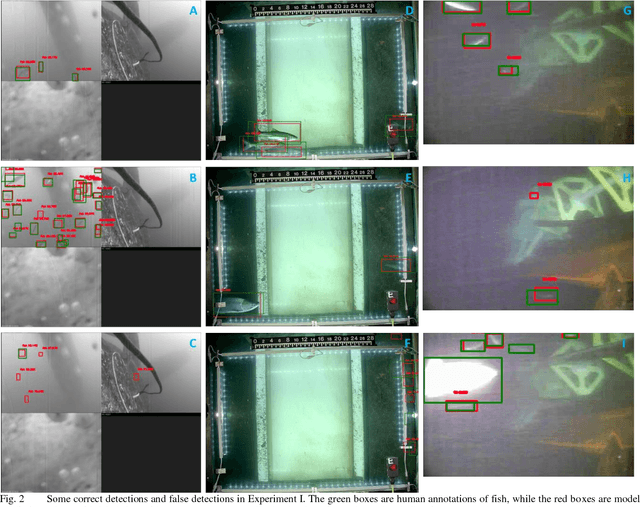
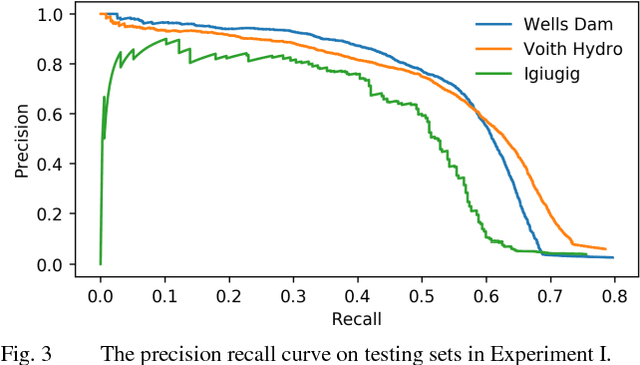
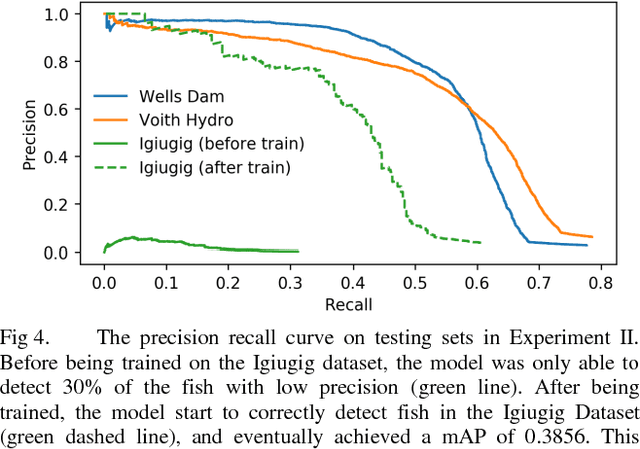
Abstract:Clean energy from oceans and rivers is becoming a reality with the development of new technologies like tidal and instream turbines that generate electricity from naturally flowing water. These new technologies are being monitored for effects on fish and other wildlife using underwater video. Methods for automated analysis of underwater video are needed to lower the costs of analysis and improve accuracy. A deep learning model, YOLO, was trained to recognize fish in underwater video using three very different datasets recorded at real-world water power sites. Training and testing with examples from all three datasets resulted in a mean average precision (mAP) score of 0.5392. To test how well a model could generalize to new datasets, the model was trained using examples from only two of the datasets and then tested on examples from all three datasets. The resulting model could not recognize fish in the dataset that was not part of the training set. The mAP scores on the other two datasets that were included in the training set were higher than the scores achieved by the model trained on all three datasets. These results indicate that different methods are needed in order to produce a trained model that can generalize to new data sets such as those encountered in real world applications.
 Add to Chrome
Add to Chrome Add to Firefox
Add to Firefox Add to Edge
Add to Edge